Description
Richard Ansett (born 20 February 1966) is an award winning photographer known for his provocative and thought-provoking images. Richard has a long established collaborative working relationship with the artist Grayson Perry, he has worked with Perry ever year since 2013 developing photographic strategies to promote Perry’s documentaries of contemporary British life. This relationship yielded ‘Birth’, the portrait, that won first prize in the prestigious Sony World Photography Awards, depicts Perry as his feminine persona holding a new born baby in the centuries old motif of mother and child. ‘Death’ was produced as a companion portrait, showing the artist wearing a traditional mourning costume.
Richard Ansett’s achievements in the world of photography are considerable. His works can be found in prestigious permanent collections including the National Portrait Gallery, London, the National Library and Archives Canada, Bibliothèque Nationale de France and the Smithsonian Institution. He has won countless photography awards including 1st Prize at the Sony World Photography Awards 2019, People’s Choice Award, Taylor Wessing Portrait Prize 2018/19, 1st Prize Moscow International Foto Awards 2014, Overall Winner Art Laguna Prize ’13, 1st Prize Grand Prix de la Decouverte ’13, Gold Award – Prix de la Photographie ‘11.
For further reading, Richard’s interviews with the National Portrait Gallery and the Guardian newspaper provide a good insight into his methods, approaches and creative process.
Dame Hilary Mantel
Words by Richard Ansett
We can learn so much from just brushing against greatness and I felt a rare affinity with Hilary Mantel in these brief moments. There was a synchronicity meeting her for the first time in the historical setting of Middle Temple Hall. Photography is inspired as well as in competition with art history, so I am overwhelmed by the responsibility to represent something of Mantel’s personality inextricably linked to British history. Being in her presence demands reflection of the invisible timelines linking present and past. The portraits on the walls are a reminder of the intimidating legacy of portraiture. The great artists that were judged on the pursuit of reality undermined by photography that brings it so effortlessly but photography’s power is also its weakness and mere facsimile is not enough now.
To dare to attempt to capture the essence of another human being means risking everything in the moment and this pressure adrenalises the process in the pursuit of something that might dare to come close to being worthy of the subject. Its a form of possession, a complete commitment to the moment and to self that is absent in me without the camera but is a requirement if there is a chance of capturing anything valuable against the odds through this lump of glass, metal and pixels. Being possessed is something Mantel understands she carries the ghosts of the past with her, the grail exists in the hinterland between success and failure and only those that attempt to reach it can truly empathise with what it feels like to glimpse it.
There are some processes that are consistent to my practice and whilst the subject is inevitably collaborating they cannot be entirely complicit, the portrait must feel exploratory, an examination of them caught covertly in their presence that betrays something of their nature behind the mask, especially of the famous. A subject’s entire complicity devalues a great moment demoting a portrait to the graveyard of convention. The intimidating setting of Middle Temple and Mantel herself is the inspiration that drives us towards the goal of something beyond mere representation. The dogmas that define my practice set the boundaries within which to observe her humanity and I pre-light and compose the scene in Mantel’s absence so that not a moment of her presence is wasted in front of the camera. She is well known, not only for her immense talent but for her fragile physical health and Mantel’s lack of a stereotypical physicality and ego belies the incredible charisma that is built on her humility.
I introduce Mantel to the prepared space, I don’t rescue her from the silence she steps into and in these early moments all the hope and risk exists. To understand photography one must understand its limitations first, it is merely the capture of what is transpiring before the instrument of capture and the photographer’s role is to facilitate the event, to alter the molecules in front of the lens through force of will and Machiavellian intent driven by the overwhelming need to create something of value at any cost in the moment. I have observed many a coup d’oeil of humanity in this created alternate reality and these glimpses of vulnerability that we work so hard to hide are easily missed in the conventional timeline uniquely interrupted by the photographic process. This image even with its failures is that rare glimpse of the grail and a success in my mind that represents the very best of my practice.
The search for humanity can be easily confused with iconoclasm in the representation of the famous who are possessive of their carefully constructed personas. This obsession with an intimate connection driven in part by my queerness transcends convention and is the key to the unspoken understanding I create between subject and photographer. In these brief moments with Mantel I am in hindsight empathising with her own process as a writer in unravelling the humanity of the distant giants of history in her own work. To stand even the slightest chance of capturing this authenticity, the ego must be subjugated and trust handed over to the chance of the present relationship unfolding in front of the camera. The pursuit of greatness can ironically be the obstacle in the path to its realisation and the ultimate trauma of the portrait photographic process is the awareness of the myriad of paths left untrodden in the decision making process that is defined by the potential for failure. The only solution to this crisis is to dare to trust in the moment and allow the camera to do its job objectively documenting the evolving relationship in front of its godless gaze.
After the shoot Mantel explained to me that so often people had felt concerned for her health to the extent that her portraits were mostly sedentary and my lack of consideration for her comfort in the pursuit of a great portrait allowed for an expression of a rarely seen but undeniable joyful, playful side. The priority of authenticity can come at a cost and in this single capture I hope it outweighs its flaws.
This picture is all the more precious because of Mantel’s appreciation of it, acquiring it for her personal archive at the Huntington Library, California. The further recognition by the National Portrait Gallery in acquiring it is an additional affirmation that means a great deal not only because of the irony that Mantel now joins a celebrated and historic collection of portraits of the great and good in her own right.

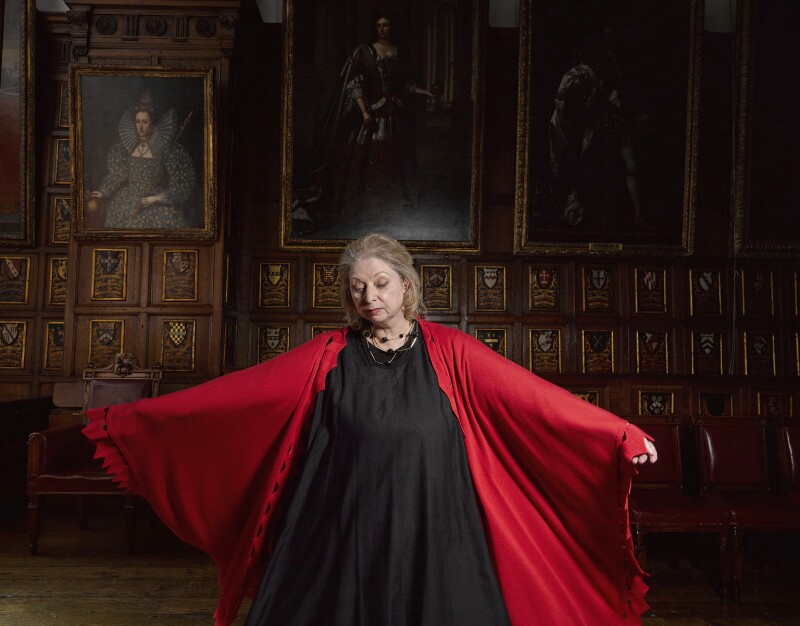
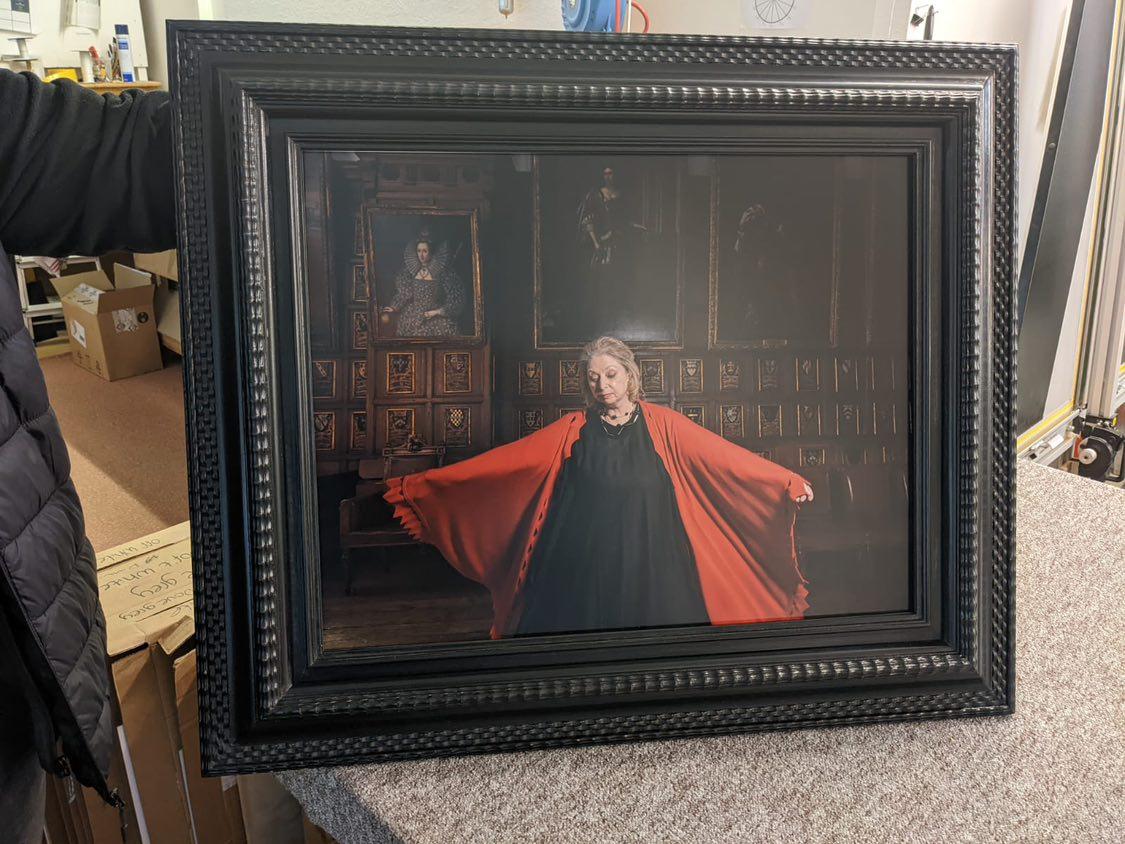
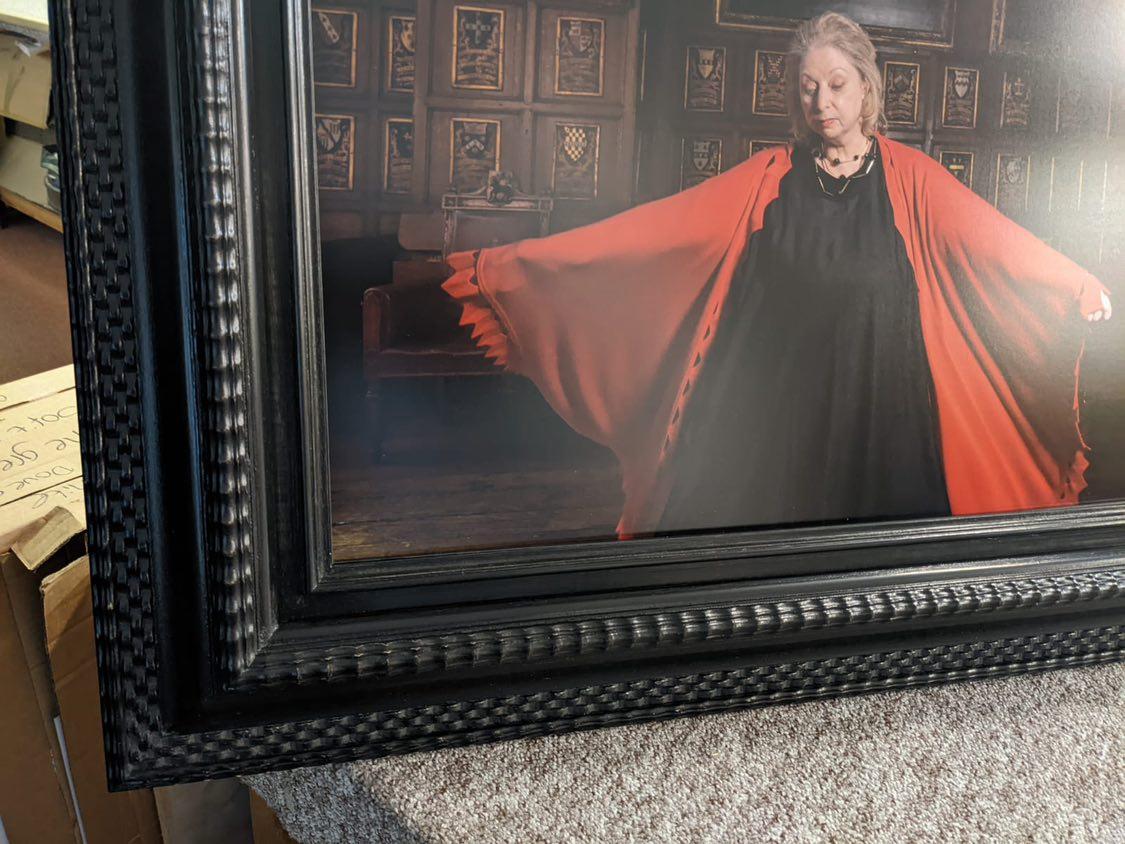
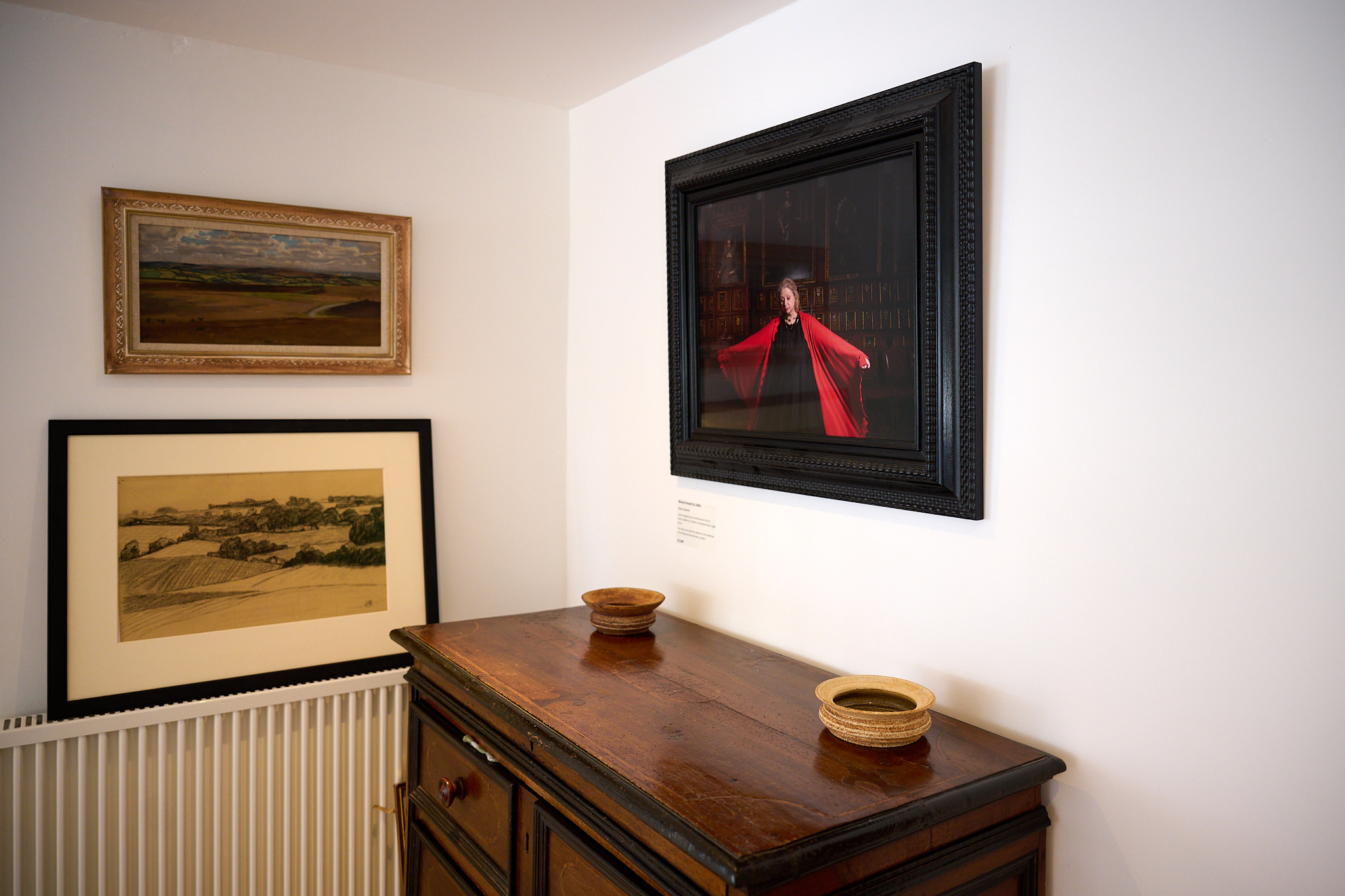
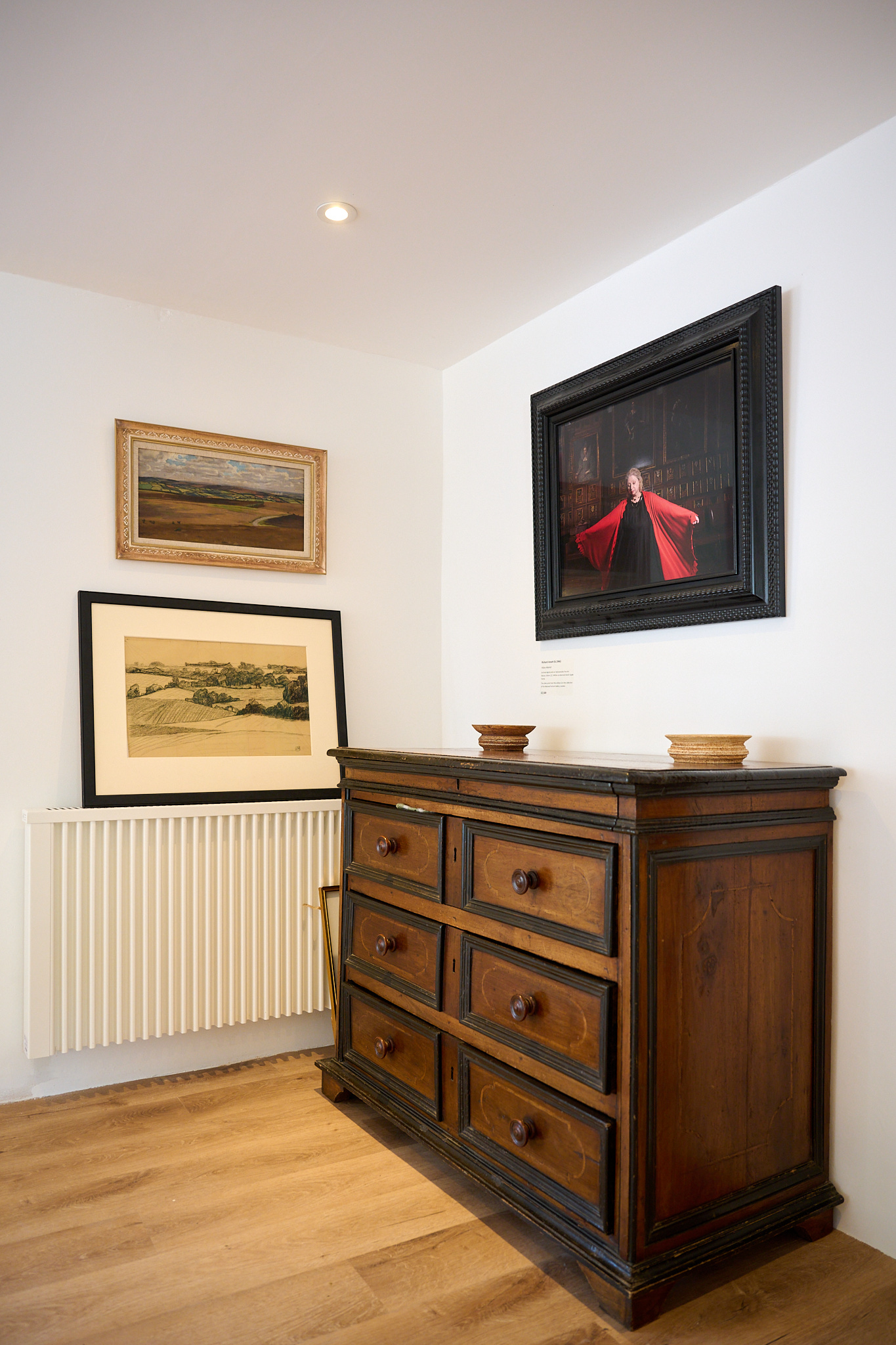
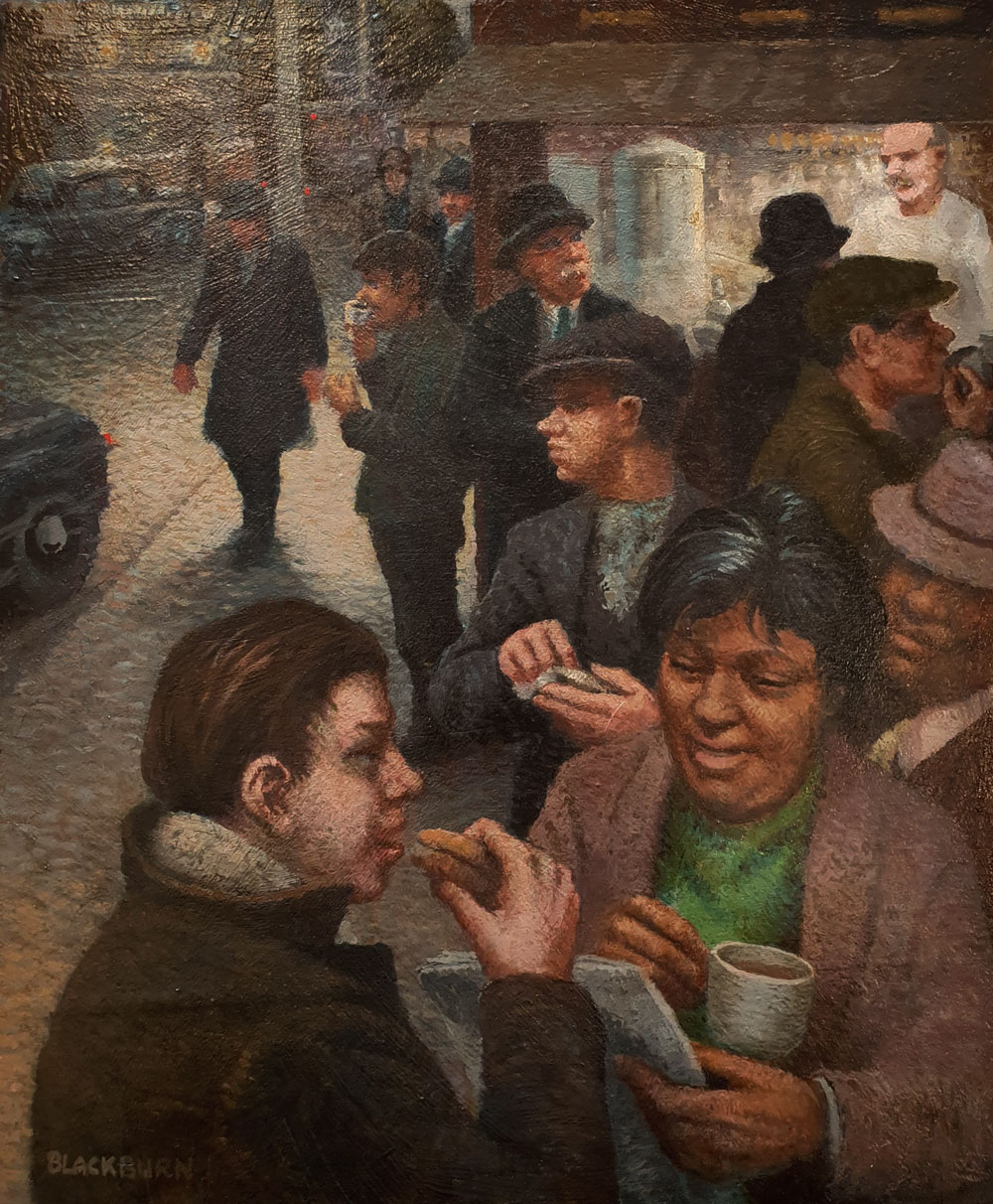
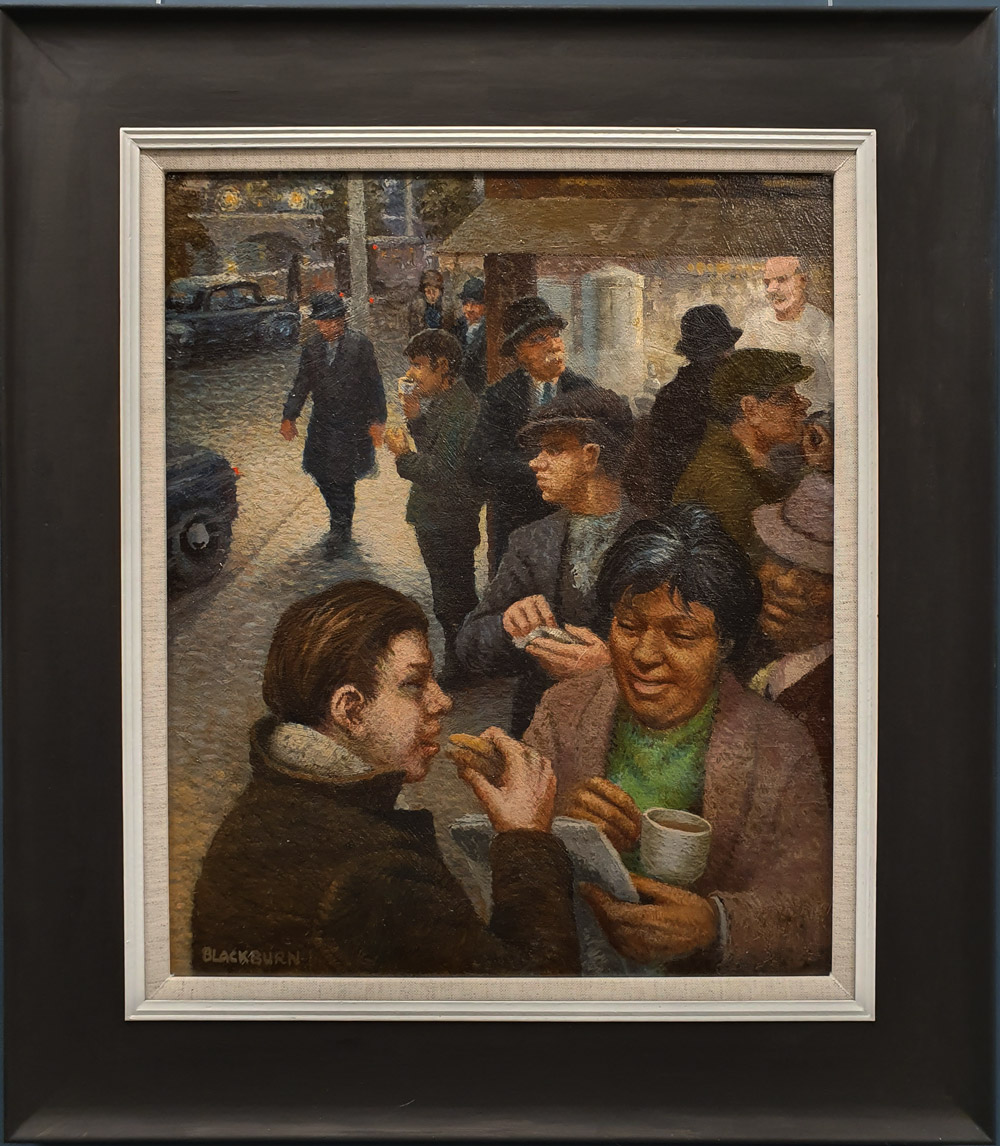
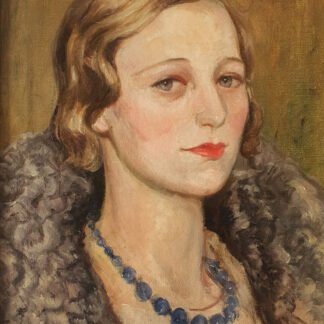
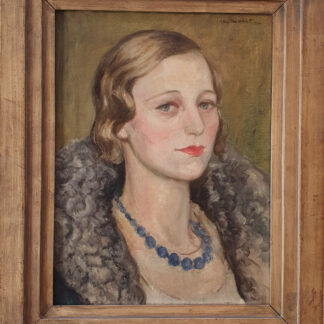
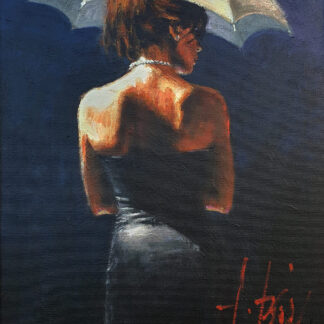
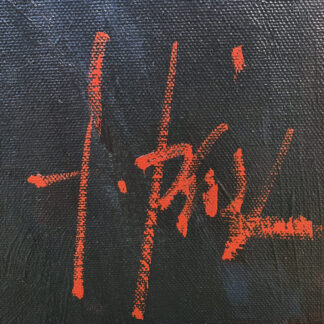
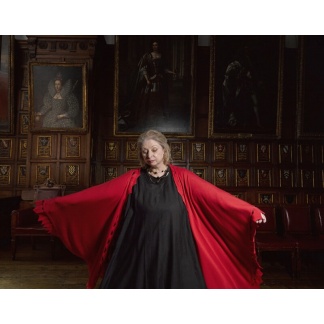

Reviews
There are no reviews yet.